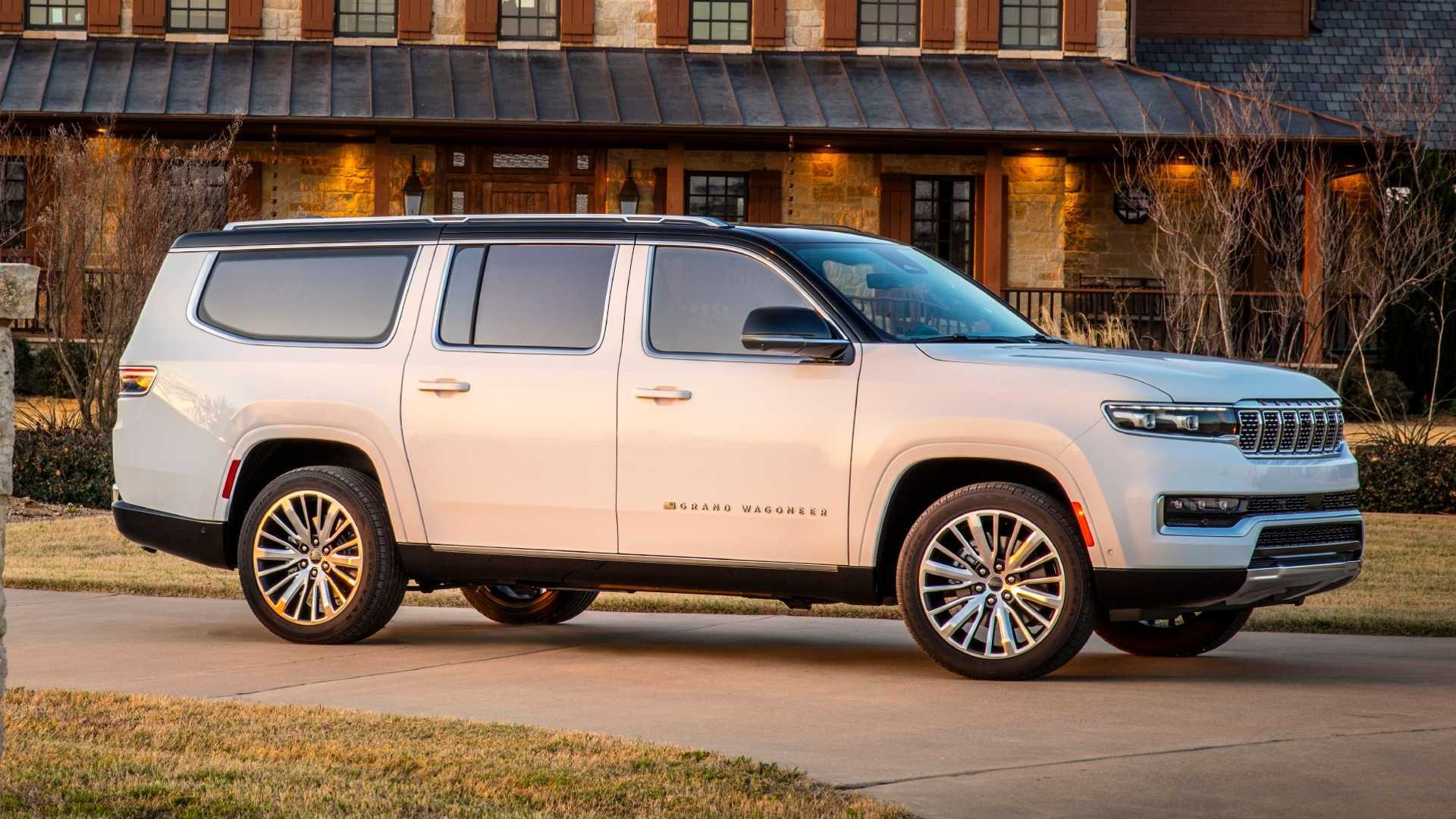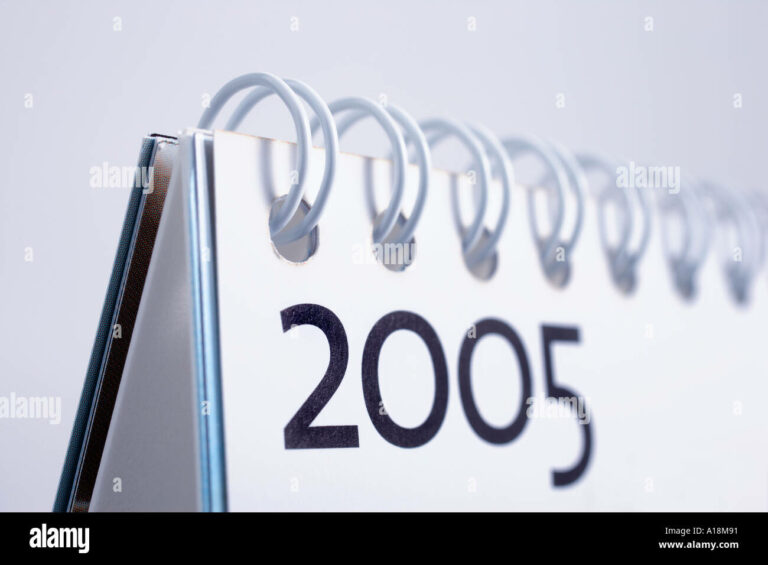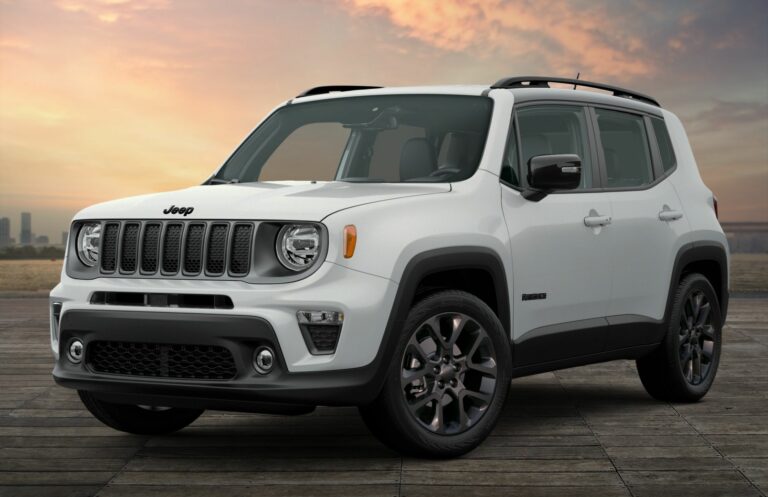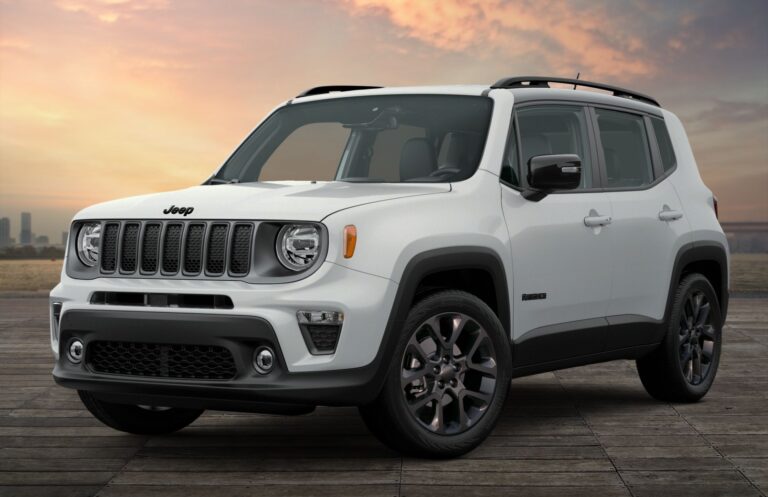Jeep Wagoneer Axle For Sale: Your Comprehensive Guide to Upgrading and Restoring
Jeep Wagoneer Axle For Sale: Your Comprehensive Guide to Upgrading and Restoring jeeps.truckstrend.com
The Jeep Wagoneer, an icon of American automotive history, holds a special place in the hearts of off-road enthusiasts and classic vehicle restorers alike. Renowned for its robust build quality and capable drivetrain, the Wagoneer’s axles are particularly sought after in the aftermarket. Whether you’re looking to replace a worn-out component, upgrade your current rig for more challenging terrain, or embark on a custom build, finding a "Jeep Wagoneer Axle For Sale" can be the key to unlocking your vehicle’s full potential.
This comprehensive guide delves into everything you need to know about purchasing and utilizing these durable axles. We’ll explore their enduring appeal, the different types available, crucial considerations before buying, and practical advice to ensure your project’s success.
Jeep Wagoneer Axle For Sale: Your Comprehensive Guide to Upgrading and Restoring
Why the Jeep Wagoneer Axle Remains in High Demand
The enduring popularity of Jeep Wagoneer axles stems from several key factors that make them a valuable commodity in the off-road and restoration communities:
- Legendary Durability: Wagoneers, particularly the Full-Size Jeeps (FSJs) produced from the 1960s to the early 1990s, were built with heavy-duty components designed to withstand rugged conditions. Their axles, predominantly Dana 44s and AMC 20s (and occasionally Dana 60s), are known for their strength and reliability.
- Versatility for Swaps: The robust nature and relatively common dimensions of Wagoneer axles make them popular candidates for axle swaps into other Jeep models (like CJs, YJs, and TJs) and even custom 4×4 builds. Their wider stance compared to many older Jeep axles provides increased stability and allows for larger tires.
- Restoration Authenticity: For those meticulously restoring a vintage Wagoneer, finding original or period-correct axles is essential for maintaining authenticity and performance.
- Cost-Effectiveness: Often, a good used Wagoneer axle can be a more budget-friendly alternative to brand-new aftermarket axles, especially for builds that don’t require extreme performance modifications.
- Availability of Parts: Due to their widespread use and longevity, many aftermarket parts for Dana 44 and AMC 20 axles (such as gears, lockers, and axle shafts) are readily available, making maintenance and upgrades relatively straightforward.

Types of Jeep Wagoneer Axles and Their Characteristics
Understanding the different types of axles found under Wagoneers is crucial for making an informed purchase.
Front Axles
The most common front axle found in Wagoneers is the Dana 44.
- Early Models (Pre-1974): Often feature "closed knuckles" and drum brakes, which are less desirable for performance but can be suitable for restorations.
- Later Models (1974-1991): Predominantly "open knuckle" designs with disc brakes. These are highly sought after due to their strength, ease of maintenance, and the upgrade potential of disc brakes.
- Key Dimensions: Wagoneer front Dana 44s typically have a Wheel Mounting Surface (WMS) width of around 60-61 inches, offering a wider stance than many other Jeep axles. The leaf spring perch spacing is also a critical measurement for swap compatibility.

Rear Axles
Wagoneers used a couple of different rear axles:
- AMC 20 (Most Common): While generally robust, the AMC 20 is notorious for its two-piece axle shafts, which can be prone to failure under heavy stress. However, with aftermarket one-piece shaft upgrades, the AMC 20 becomes a very strong and capable axle. They also typically feature a larger ring gear than the Dana 44.
- Dana 44 (Less Common in Rear): Some later model Wagoneers and J-trucks came equipped with a rear Dana 44, which is generally considered a more desirable option due to its inherently stronger design compared to the stock AMC 20.
- Dana 60 (Very Rare): Found in very few heavy-duty Wagoneers or J-trucks, a Dana 60 is the ultimate in strength and highly coveted for extreme builds. Finding one for sale is rare and often commands a premium price.
- Key Dimensions: Rear WMS widths generally mirror the front, keeping the track width consistent. Again, leaf spring perch spacing is vital for fitment.
Important Note on Gearing: When purchasing a set of front and rear axles, ensure they have the same gear ratio (e.g., 3.73, 4.10, 4.56). Mismatched gearing will cause severe drivetrain damage. If buying separately, you’ll need to re-gear one or both axles to match.
Key Considerations When Buying a Jeep Wagoneer Axle
Purchasing a used axle requires careful inspection and consideration to avoid costly surprises down the road.
-
Condition is Paramount:
- Rust: Surface rust is common and generally fine, but avoid axles with severe pitting, especially on critical areas like the housing, differential cover mating surface, or brake components.
- Bent Tubes: Inspect the axle tubes for any signs of bending or damage, which can lead to alignment issues and premature wear.
- Differential Housing: Check for cracks, especially around the welds or mounting points.
- Fluid Leaks: Look for oil residue around the pinion seal, axle seals, and differential cover. While seals are replaceable, extensive leaks might indicate neglect or other issues.
- Bearing Play: If possible, check for excessive play in the pinion and wheel bearings by trying to wiggle the pinion flange and axle shafts.
- Brakes: Note the condition of the brake calipers, rotors (for disc), or drums/backing plates (for drum). Factor in the cost of replacement if components are heavily worn.
-
Gearing and Locker Status:
- Confirm the gear ratio. This is often stamped on the ring gear or a tag on the differential cover. If no tag, you’ll need to count teeth or spin the pinion/axle shafts to determine the ratio.
- Ask if the axle has an open differential, limited-slip differential (LSD), or a locker. Test if possible.
-
WMS Width and Spring Perch Spacing: These measurements are critical for compatibility with your vehicle. Measure them accurately on the axle you’re considering and compare them to your application. Minor differences in spring perch spacing can sometimes be accommodated by grinding off and re-welding new perches, but this adds to the cost and complexity.
-
Completeness: Does the axle come with everything? Axle shafts, brakes (calipers, rotors/drums, lines), steering components (if front), and differential cover are common inclusions. A bare housing will be cheaper but require more parts sourcing.
-
Seller Reputation and Location: Purchase from reputable sellers. Local pickup is ideal as it allows for personal inspection and avoids shipping costs and potential damage. If shipping, ensure the seller packages it securely and provides insurance.
Where to Find Jeep Wagoneer Axles For Sale
Finding the right Wagoneer axle requires patience and knowing where to look:
- Online Marketplaces: Websites like eBay, Craigslist, and Facebook Marketplace are popular for private sellers. Use specific search terms like "Wagoneer Dana 44," "FSJ axle," or "Jeep Wagoneer front axle."
- Dedicated Forums and Classifieds: Off-road forums (e.g., Pirate4x4.com, Jeepforum.com) and dedicated Full-Size Jeep (FSJ) communities often have "For Sale" sections where enthusiasts sell parts.
- Salvage Yards/Junkyards: Local automotive salvage yards, especially those specializing in older 4x4s, can be a goldmine. Call ahead to inquire about their inventory.
- Off-Road Shops and Axle Specialists: Some shops that build custom axles or perform swaps might have core axles for sale or be able to source one for you.
- Word-of-Mouth: Networking within the local Jeep or off-road community can sometimes lead you to a good deal.
The Process of Purchasing and Installing a Wagoneer Axle
Once you’ve found your ideal Wagoneer axle, the journey continues with careful planning and execution.
-
Before Purchase:
- Research Thoroughly: Confirm the axle type, measurements, and any known issues specific to that model year.
- Inspect Diligently: If possible, physically inspect the axle. Bring a tape measure, a flashlight, and a magnet (to check for non-ferrous repairs).
- Ask Questions: Don’t hesitate to ask the seller about the axle’s history, the vehicle it came from, mileage, and why it’s being sold.
-
Transportation: Axles are heavy! Plan for proper lifting equipment (engine hoist, floor jack) and a suitable vehicle (truck, trailer) for transport. If shipping, get a detailed quote and ensure proper crating.
-
Installation (General Steps – Professional Help Recommended for Complex Swaps):
- Safety First: Always work on a level surface with proper jack stands. Disconnect the battery.
- Removal of Old Axle: Support the vehicle, remove wheels, disconnect brakes, driveshaft, suspension components (shocks, leaf springs/control arms), and steering linkage (front).
- Preparation of New Axle: This is the ideal time to clean, inspect, and refresh your "new" axle. Consider replacing axle seals, wheel bearings, differential fluid, and painting the housing. If the gearing is wrong, this is when you’d have it re-geared by a professional.
- Installation: Reverse the removal process. Connect suspension, driveshaft, brakes, and steering. Bleed the brakes thoroughly.
- Fluid Fill: Fill the differential with the correct type and amount of gear oil.
- Test Drive: Start with a short, slow test drive, listening for unusual noises and checking brake function.
Potential Challenges: Rust can seize bolts, requiring cutting tools. Unexpected wear or damage might be discovered upon closer inspection, leading to additional repair costs. If performing a swap into a different vehicle, custom fabrication for spring perches, shock mounts, and steering might be necessary. Don’t hesitate to seek professional assistance for aspects beyond your comfort level or expertise.
Price Guide for Jeep Wagoneer Axles (Estimates)
Prices for Jeep Wagoneer axles vary significantly based on condition, type, gearing, location, and inclusions. The following table provides estimated ranges for common configurations. These are guidelines only and actual prices may differ.
| Axle Type | Condition | Estimated Price Range (USD) | Key Features/Inclusions |
|---|---|---|---|
| Front Dana 44 (Open Knuckle) | Good Used | $400 – $800 | Complete with shafts, disc brakes, open differential |
| Rebuilt/Refurbished | $800 – $1,500 | New seals, bearings, potentially fresh paint/brakes | |
| Fully Built (Locker, Gears) | $1,500 – $3,000+ | Aftermarket locker, new gears, heavy-duty components | |
| Rear AMC 20 | Good Used | $250 – $600 | Complete with 2-piece shafts, drum brakes |
| Rebuilt/1-Piece Shafts | $600 – $1,200 | Upgraded 1-piece shafts, new bearings/seals, fresh | |
| Fully Built (Locker, Gears) | $1,200 – $2,500+ | Aftermarket locker, new gears, heavy-duty components | |
| Rear Dana 44 | Good Used | $500 – $900 | Complete with shafts, drum or disc brakes, open diff |
| Rebuilt/Refurbished | $900 – $1,600 | New seals, bearings, fresh paint/brakes | |
| Fully Built (Locker, Gears) | $1,600 – $3,000+ | Aftermarket locker, new gears, heavy-duty components | |
| Dana 60 (Front or Rear) | Good Used | $1,500 – $3,500+ | Highly rare, price varies greatly based on condition |
Note: "Good Used" typically means functional but may require new seals, fluid, and brake components. "Rebuilt/Refurbished" implies a refresh with new wear items. "Fully Built" suggests aftermarket upgrades like lockers, re-gearing, and heavy-duty shafts.
Frequently Asked Questions (FAQ)
Q1: Are Jeep Wagoneer axles a direct bolt-on for my [X Jeep model]?
A1: Rarely. While Wagoneer axles are popular for swaps into CJs, YJs, and TJs, they almost always require modifications. The primary challenges are differences in WMS (Wheel Mounting Surface) width, leaf spring perch spacing, and driveshaft length. Custom spring perches and shock mounts often need to be welded on, and steering linkage may need adaptation.
Q2: Which Wagoneer axle is best for off-roading?
A2: For most off-road applications, the Dana 44 (front and rear if possible) is generally preferred due to its strength and the wide availability of aftermarket parts. While the AMC 20 is decent once upgraded with one-piece shafts, the Dana 44 is often seen as the more robust starting point. The rare Dana 60 is the ultimate but often overkill and very expensive.
Q3: What does "WMS width" mean and why is it important?
A3: WMS (Wheel Mounting Surface) width is the measurement from the outside of one wheel hub flange to the outside of the other. It determines your vehicle’s track width. Wagoneer axles are typically wider than stock axles on many older Jeeps, which can provide better stability but might require fender flares or result in tires sticking out too far, depending on your local laws.
Q4: How can I tell what gear ratio an axle has?
A4: Look for a metal tag on one of the differential cover bolts; it often lists the ratio (e.g., "3.73"). If no tag, you can count the teeth on the ring and pinion gears (after removing the cover) or use a "spin test" by rotating the pinion yoke a full turn and counting how many times the axle shaft rotates.
Q5: Should I buy a bare axle housing or a complete axle assembly?
A5: A bare housing is cheaper upfront but requires you to source all internal components (gears, differential, shafts, bearings, seals, brakes). A complete assembly is more expensive but ready to install (after inspection and fluid changes), saving time and effort in parts sourcing. For most users, a complete assembly in good condition is the more practical choice.
Conclusion
The allure of a "Jeep Wagoneer Axle For Sale" lies in its promise of rugged durability and versatile application. Whether you’re breathing new life into a classic Wagoneer, upgrading your weekend warrior, or embarking on a custom build, these venerable axles offer a strong foundation. By understanding the different types, carefully considering their condition and specifications, and knowing where to look, you can successfully acquire the perfect Wagoneer axle for your project. Remember that thorough research and inspection are your best tools, ensuring your investment enhances your vehicle’s capability and longevity, allowing the legacy of the Jeep Wagoneer to continue thriving on and off the road.






